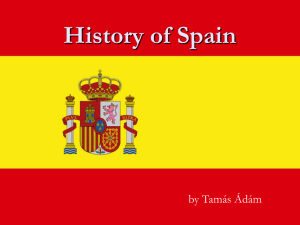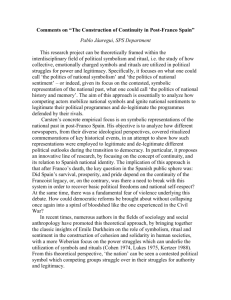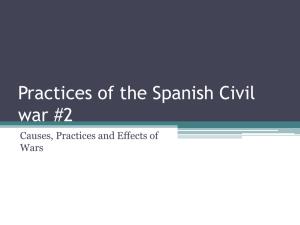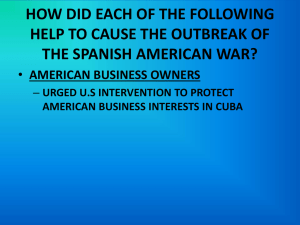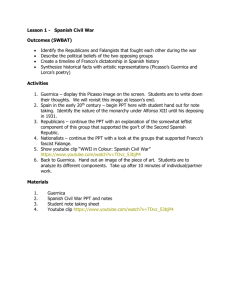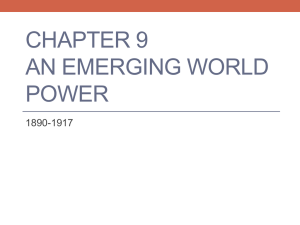Breaking down the wall of silence: the archives in the
advertisement
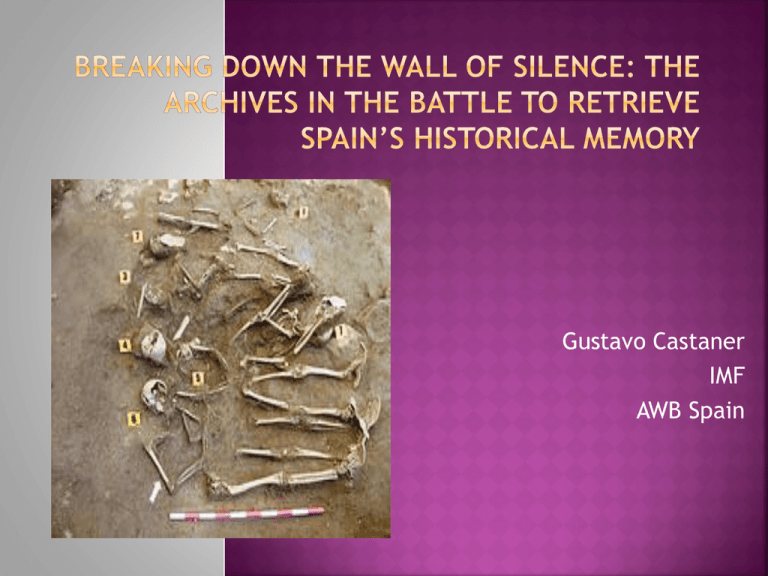
Gustavo Castaner IMF AWB Spain The spanish transition to democracy has frequently been considered a ¨model¨ for other countries A look back after 30 years reveals that in fact the spanish transition was based on agreements with the dictator´s followers that guaranteed impunity for them and their crimes Franco´s regime pales compared to Hitler´s and Mussolini´s. He died in bed, apparently a harmless old man. A deeper look at his regime reveals a fierce repression, sustained during nearly 40 years, that controlled all aspects of spanish life, and that in fact was much more dire than other dictatorships (Chile, Argentina…) Imagine statues of Hitler and Mussolini in the streets of Germany and Italy… That seemingly impossible situation was the case until 2007 in Spain, with the passing of the Law of Historical Memory… Much worse, thousands of corpses of the victims of Franco´s brutal repression lie in forgotten mass graves without any recognition Archives have been a crucial tool for the retrieval of the forgotten memory of the francoist´s repression Franco´s regime kept exhaustive archives detailing the multiple-pronged prosecution of the vanquished. Even facing difficulties of access, these archives have proved vital for the research about this grim period of spanish history Contrary to the somewhat extended image of a bumbling regime, the francoist state was a well greased repressive machine, with excellent information services that ensured a constant flow of information on the enemies of the state The military analists share the conviction that Franco could have won the war in one year, with the professional army on his side and the full support of Germany and Italy. Instead he took three. This was a completely intentional approach. This was to be a ¨cleansing war¨, to get rid of communists and enemies of Spain. Against an enemy deprived of humanity, ¨the reds¨, all strong-armed tactics previously rehearsed in Africa were fair game, including systematic executions and mass rape The best known case was Badajoz, where Franco´s troops shot between 2000 and 4000 people in the bullfight ring after taking the city. In words of Jay Allen, reporter of the Chicago Tribune: ¨They were young, mostly peasants in blue blouses, mechanics in jumpers, ¨The Reds¨. They are still being rounded up. At 4 o’clock in the morning they were turned out into the ring through the gate by which the initial parade of the bullfight enters. There machine guns awaited them. After the first night the blood was supposed to be palm deep on the far side of the ring. I don’t doubt it. Eighteen hundred men –there were women, too- were mowed down there in some 12 hours. There is more blood than you would think in 1,800 bodies¨ Francisco Espinosa Maestre has documented in his book ¨The column of death¨ the bloody advance of the African Army through Extremadura, spearheaded by the shock troops of the Spanish Legion. Before entering each village there was a negotiation with the landowners on the names that would integrate the list of the 10% of the population that would be shot summarily. About gang rapes, John T. Whitaker, reporter of ¨The New York Herald Tribune¨ wrote: ¨They never denied to me that they had promised the Moors white women when they reached Madrid. I sat with these officers in bivouac and heard them debate the expediency of such a promise. Some contended that a white woman was Spanish even if red. This practice was not denied by El Mizian, the only Moroccan officer in the spanish army. I stood at the crossroads outside Navalcarnero with this Moorish major when two Spanish girls, not out of their teens, were brought before him… After questioning them for military information, El Mizian had them taken into a small schoolhouse where some forty Moorish soldiers were resting. As they reached the doorway an ululating cry rose from the moors within. I stood horrified in helpless anger. El Mizian smirked when I remonstrated with him. “Oh, they’ll not live more more than four hours”, he said. I supposeFranco felt that women had to be given to the Moors. They were unpaid” From march 1937 the wild repression linked to the war edicts is replaced by court martials, following the summary trial procedure. Under an appearance of legality the objective is to impart quick justice and the guarantees for the defendants practically non-existant (the counsel for the defense are military officers under hierarchic discipline) After the immediate and frequently fatal repression associated with war edicts and court martials, the Law of Political Responsibilities (February 1939) establishes a second wave of repressive measures, adressed against those who “contributed to create or aggravate the subversion of every kind inflicted to Spain since October 1st, 1934 and those who, since July 18th, 1936 opposed the National Movement with concrete actions or grave passivity” These Tribunals could impose penalties of total disqualification, banishment, exile, total or partial loss of assets and loss of nationality The penalties apply event if the defendant had died, extending to the descendants. The repressive effects of this law had an enormous effect for the professional and economic annihilation of the vanquished. Until September 1941 the regional Tribunals had initiated 229,549 cases

